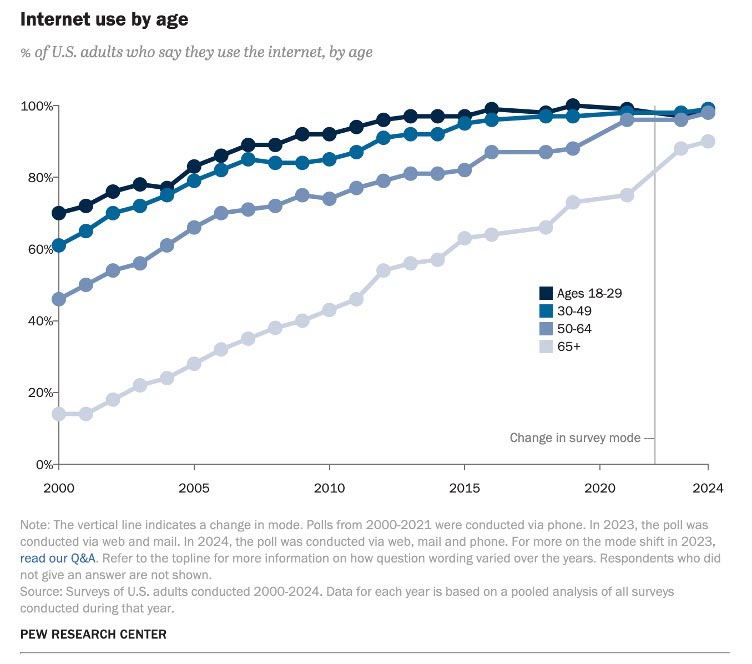Remember the days when we used to talk about using personalization to drive sales? Sure, we still see some of that today, but more often, we’re hearing about personalization being used to drive things much more difficult to quantify, such as brand loyalty and brand trust. When nearly seven in 10 consumers are willing to pay more to shop with the brands they are loyal to, focusing on brand loyalty matters.
In fact, Marigold’s “Relationship Marketing Trends: Brand Rankings Report,” which asked respondents to rank 200 brands on a scale of 1 to 5 across four key categories (personalization, omnichannel experiences, trust, and loyalty), found that 62% of respondents said their favorite brands treat them like individuals. Nearly one in eight (79%) are likely to interact with emails that are directly personalized to them.
Consumers know that truly personalized experiences have become easier than ever, so they expect them. When they receive personalized communications and recommendations, not just from Amazon, but from all of the major retailers with which they shop, as well as their bank, their insurance company, their travel services provider, they assume that everyone can. If a brand doesn’t, it’s assumed they either don’t care enough or they’re behind the curve. Who wants to shop with a company like that?
This isn’t just about convenience. It’s about relationship, which takes us back to Marigold’s study.
To conduct the study, Marigold fielded the survey during July and August of 2024. Data was used only for brands with which consumers had interacted in the past 12 months. Marigold indexed mean scores on a 0-100 scale for each category and calculated the overall consumer relationship score based on an average of the four category scores.
While we aren’t going to discuss the top brands and their trust indexes (you can get that from the free report), here are some takeaways that apply to everyone:
1. Data safety is likely about perception.
According to the report: “For their relationships to flourish, brands need to make consumers feel comfortable—and perhaps even obliged—to interact and share personal data and feedback with them. It’s this dynamic that is key for reputation, data collection, compounding personalization, and ultimately the creation of brand superfans.”
That sounds great, and 57% of respondents do say their favorite brands use their data in a way that they are comfortable with. But how do brand shoppers know that? Think about how many times you go to a website and the cookie permissions pop up. Click, click, click—accept all. Most people do. Just because someone says they care about how their data is used doesn’t mean they are actually paying attention to it. Of those 57%, how many actually know how their favorite brand uses their data? Or are they simply going by the types of personalization they can see? Most of those people likely have no idea what data their brands actually collect or how they use it.
So how do we interpret Marigold’s data, then? To some degree, brand trust. “I trust the brand, so I trust that what they are doing with my data is OK. I don’t see any different, so why would I think anything different?”
This is yet another reason brand trust matters. Indeed, 49% of respondents to Marigold’s survey say brand trust is more important than price when it comes to making a purchase decision.
2. Brand loyalty is a fickle thing.
Nearly four in 10 (37%) of consumers say they have switched brands in the past year. More than two-thirds (68%) say they are willing to pay more for products form a brand they are loyal to.

Why? Because they know what they are getting. When you switch to a competitor, you are stepping into the unknown. We are creatures of habit, after all. But for certain categories of products, brand loyalty doesn’t matter nearly as much. If it’s your brand of phone or clothing, brand loyalty can be fierce. But if it’s home décor or cookware, it might matter a whole lot less.
What would win fickle customers back? Discounts, of course, but it is interesting that 42% of respondents cite higher quality or better customer service. We are living in an experience economy, and quality and service are important parts of that experience.

3. Data access is transactional.
With personalization so important, brands want to know what they can do to get more of it—and accurately. Enter the rise of Zero Party Data (ZPD), or data that consumers provide themselves. Of course, shoppers aren’t going to open their personal data banks for nothing. (Or will they? Has anyone asked them that?) They want something in exchange. What does that look like?
Consumers say they are willing to offer more data to their favorite brands in exchange for the following:
- Discounts (95%)
- Loyalty points (94%)
- Early or exclusive access to offers (88%)
- Chance to win something (83%)
- Unlocking content (61%)
One place that brands learn about customers is through their loyalty programs. Good news, 37% of customers say they are more likely to participate in a brand loyalty program than in the past (7% are less likely). If you though shoppers were burned out on loyalty programs, think again.
For the rest of the data goodies, click here to access the report.
But because we can’t resist a spoiler, we’ll tell you who tops the brand leaderboard for personalization, omnichannel, loyalty, and trust. It’s Walmart—followed by Sam’s Club at number two.









